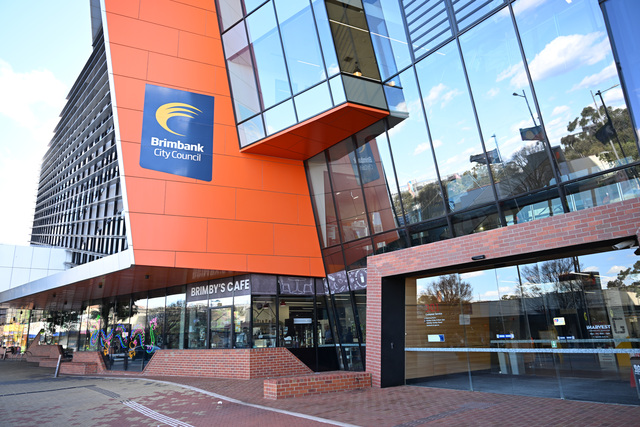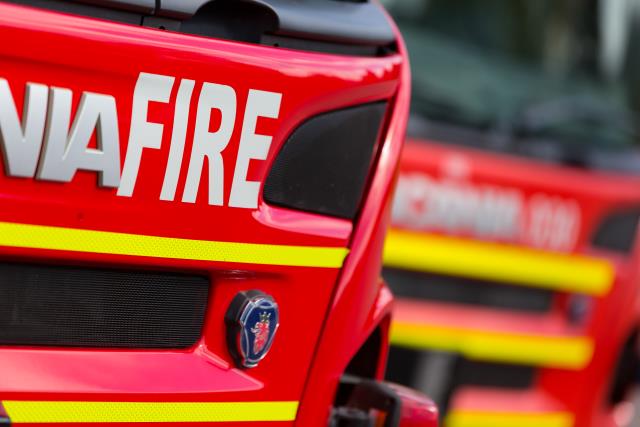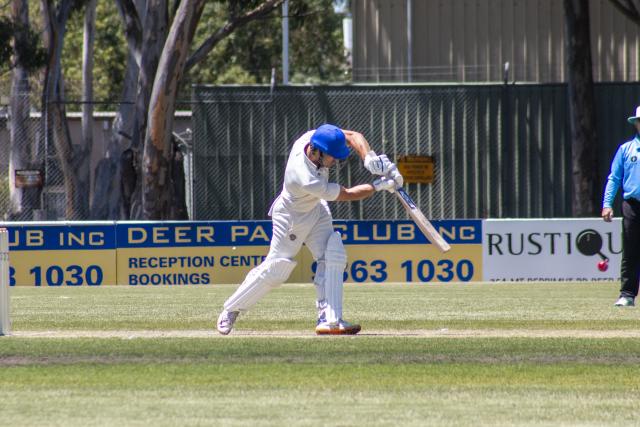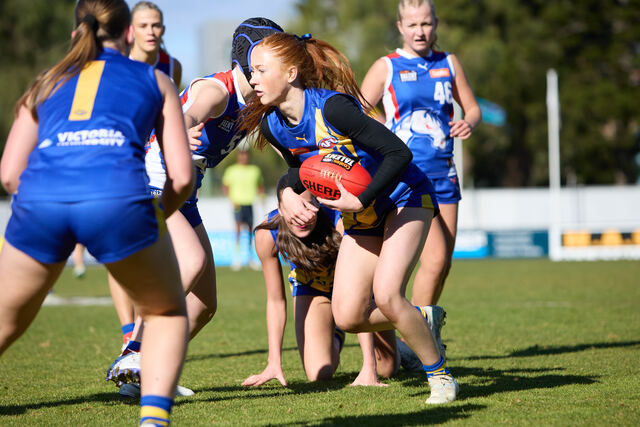Keilor market gardeners say they have been left in the dark and need immediate answers on the health risks stemming from PFAS contamination to their land.
More than 12 months have passed since Melbourne Airport announced PFAS contamination had spread beyond its boundaries and into neighbouring waterways.
Following the announcement, the airport said it would conduct an investigation and contact affected land owners.
Darren Milburn, a Keilor based market gardener, is one of those impacted by the contaminated Maribyrnong River and while the noise around the possible health risks associated with PFAS has escalated, the lines of communication from the airport have gone quiet.
“Our biggest issue is that we don’t know if we’ve been affected or not and are struggling to get answers,” he said.
“Melbourne Airport came to us 12 months ago and told us the Maribyrnong River was contaminated with higher than acceptable levels and that’s 10 years after they stopped using the firefighting foam associated with it.
“I’m fifth generation on this land – we irrigated from the river up until the mid 2000s, we swam in it, we fished in it, ate our own produce and had our own chickens, which they say is one of the big things not to do from any contaminated property.
“The biggest thing is nobody has given answers or putting their hand up to test the land. They don’t want to admit fault.”
Last month US activist Erin Brockovich threw her support behind what could be the largest class action in Australian history with up to 40,000 people who live on land contaminated by the toxic substance set to sue the federal government.
While the action largely revolves around defence bases across the country, Mr Milburn can see a similar thing happening in Brimbank.
“Seeing the way everything is going around the country, that’s (legal action) probably the way its going to end up.
“At the moment though we just want peace of mind. If the EPA or Melbourne Airport put their hand up and do some land tests, that would be great.
“If those tests show it’s not at a dangerous level, it puts our minds at ease and if it is then we can work out how to deal with it – it’s the not knowing.”
Answers needed on PFAS
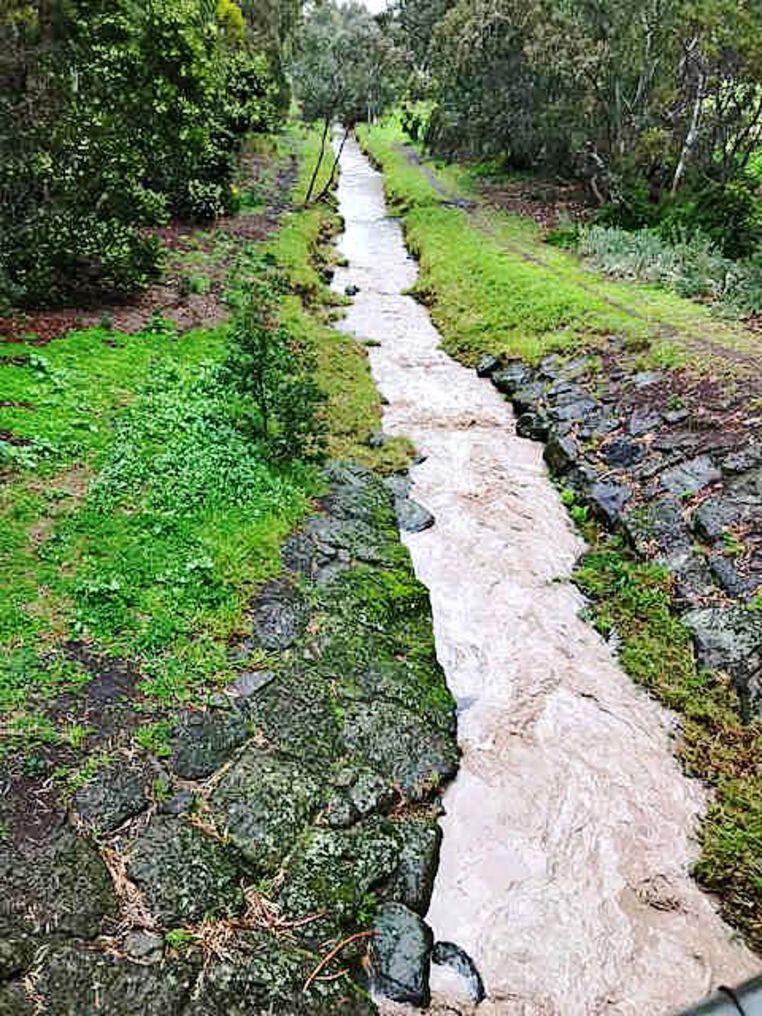
By Tate Papworth
Digital Editions
-
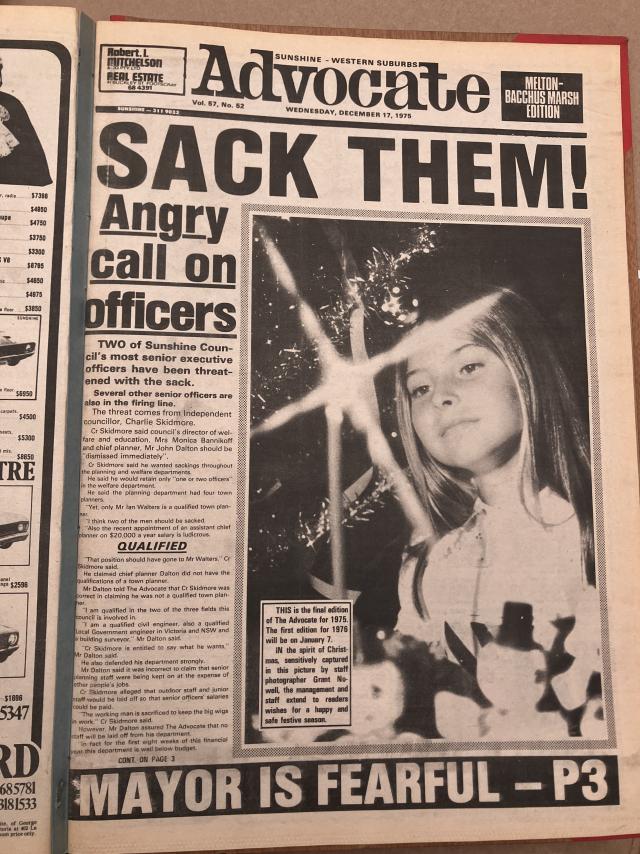
From the archives
Star Weekly looks back on the pages of our predecessors. 50 years ago 17 December, 1975 Two of Sunshine Council’s most senior executive officers have…

